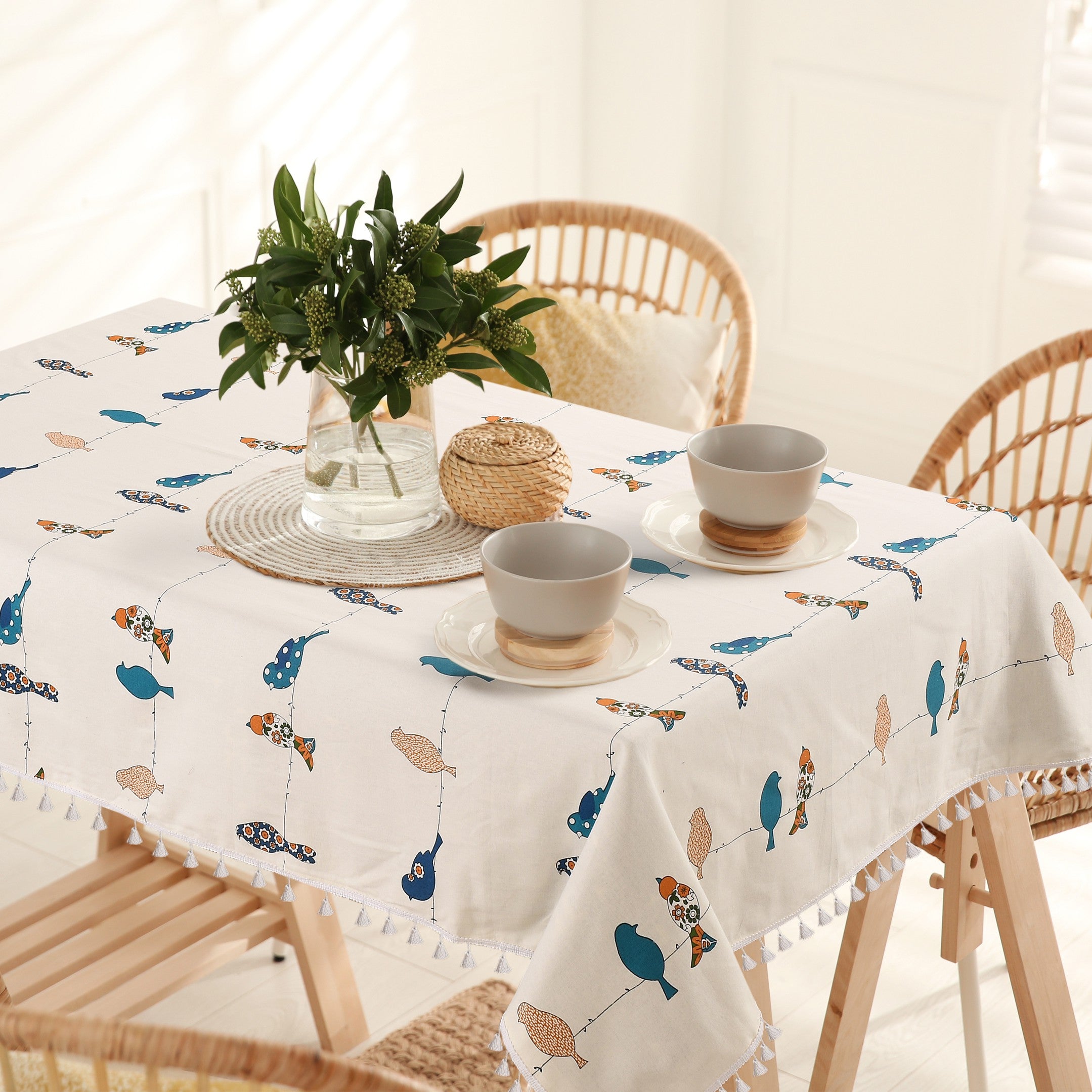Linen Textile Developments: Checking Out Modern Trends and Creative Applications in Design and Fabric Industry
From lasting manufacturing approaches to sophisticated weaving technologies, the development of linen is reshaping the landscape of the fabric industry. As we dive into the realms of innovative design applications and the appearance of bed linen blends and hybrid fabrics, a new phase unfolds in which bed linen's duty in future textile innovations takes center phase.
Sustainable Practices in Linen Production
Sustainable techniques in bed linen production have actually become significantly essential in the fabric sector's initiatives to minimize ecological effect and promote moral sourcing techniques. Linen, an all-natural fiber obtained from the flax plant, supplies a series of benefits such as breathability, longevity, and biodegradability. Nevertheless, conventional methods of bed linen production can involve significant water consumption, pesticide usage, and energy-intensive procedures.
To deal with these challenges, numerous textile producers are embracing lasting methods throughout the linen production procedure. This consists of sourcing flax from organic farms that avoid dangerous pesticides and chemicals, carrying out water-efficient retting strategies to essence fibers from the flax stalks, and using green dyes and coatings. In addition, some companies are buying renewable resource resources to power their production facilities and minimizing waste with recycling and upcycling campaigns.
Technological Advancements in Linen Weaving
With the growing focus on lasting techniques in linen production, the textile market is now witnessing a rise in technological improvements particularly aimed at revolutionizing the art of linen weaving. These innovations are improving the method bed linen textiles are produced, using enhanced efficiency, high quality, and imagination in weaving strategies.
Among the vital technical developments in linen weaving is the assimilation of electronic looms. These sophisticated looms are equipped with software that permits detailed and intricate layouts to be woven with precision. By digitizing the weaving procedure, manufacturers can attain greater consistency and accuracy in their linen materials.
In addition, innovations in yarn spinning modern technology have enabled the production of finer and more sturdy bed linen threads - table cloths. This leads to softer and smoother bed linen fabrics that preserve their high quality also after multiple uses and cleans
Furthermore, the advancement of eco-friendly dyeing processes and surfaces for bed linen textiles is obtaining traction. These sustainable techniques not just minimize the ecological effect but also satisfy the raising consumer demand for fairly created fabrics.
Creative Style Applications for Linen
Cutting-edge creative strategies are significantly forming the creative style applications for bed linen in the fabric sector. Bed linen's natural aesthetic charm and capacity to mix with various other fabrics make it a favorite option for producing special garments and accessories that provide to the eco aware customer.
In addition, developers are try out linen in home design, using its sturdy and breathable nature to craft stylish furnishings such as curtains, bedding, and upholstery. The texture and drape of bed linen bring a feeling of sophistication and comfort to interior rooms, including a touch of elegance to modern homes.

Linen Blends and Crossbreed Fabrics

Hybrid textiles, on the other hand, take the principle of blending a step additionally by integrating additional components such as metallic strings, recycled materials, or article conductive fibers. These innovative fabrics not only broaden the design opportunities but additionally introduce useful elements like conductivity, antimicrobial residential properties, or enhanced durability. Crossbreed textiles are progressively being utilized in different sectors, including style, interior decoration, and technical fabrics, where the demand for multifunctional products is on the increase.
Bed linen's Role in Future Fabric Innovations

In the world of future fabric innovations, linen is expected to be a principal in the development of advanced practical materials. Developers and scientists are exploring methods to enhance bed linen's inherent qualities through technological developments, such as integrating wise fabrics, nanotechnology, and efficiency surfaces. These advancements aim to elevate linen's performance attributes, making it suitable for a broader series of applications, from activewear to protective clothing.
Moreover, the mix of bed linen with other natural or synthetic fibers opens countless opportunities for creating novel fabrics with one-of-a-kind properties and functionalities. By leveraging bed linen's qualities and checking out like this ingenious blends, the textile sector is positioned to introduce exciting developments that satisfy progressing customer demands and sustainability demands.
Conclusion
Finally, the expedition of lasting practices, technical innovations, innovative design applications, bed linen blends, and its function in future textile technologies highlight the continuous development of linen material in the modern-day design and textile market. With a concentrate on innovation and creativity, the adaptability and environmentally friendly nature of linen make it a useful product for producers and developers alike, leading the way for further growths and improvements in the field of fabrics.
As we delve right into the worlds of innovative layout applications and the introduction of bed linen blends and hybrid textiles, a brand-new chapter unravels in which linen's function in future fabric developments takes facility stage.
Checking out the blend of linen with other textiles has led to the introduction of innovative blends and hybrid fabrics in the modern textile sector. Bed linen blends provide an one-of-a-kind combination of the attributes of bed linen with those of various other fibers, resulting in fabrics that have boosted homes such as raised toughness, improved draping, and decreased wrinkling.The development of bed linen blends and crossbreed fabrics has set the phase sites for Bed linen to play a pivotal role in driving future textile advancements.In the world of future fabric innovations, linen is expected to be an essential gamer in the growth of innovative functional fabrics.